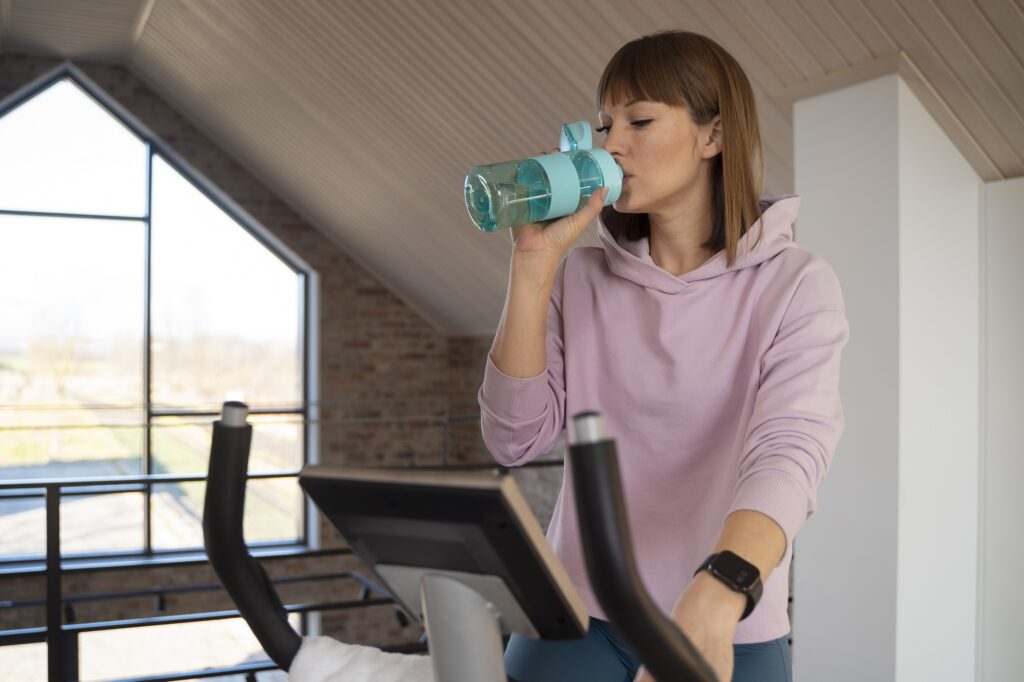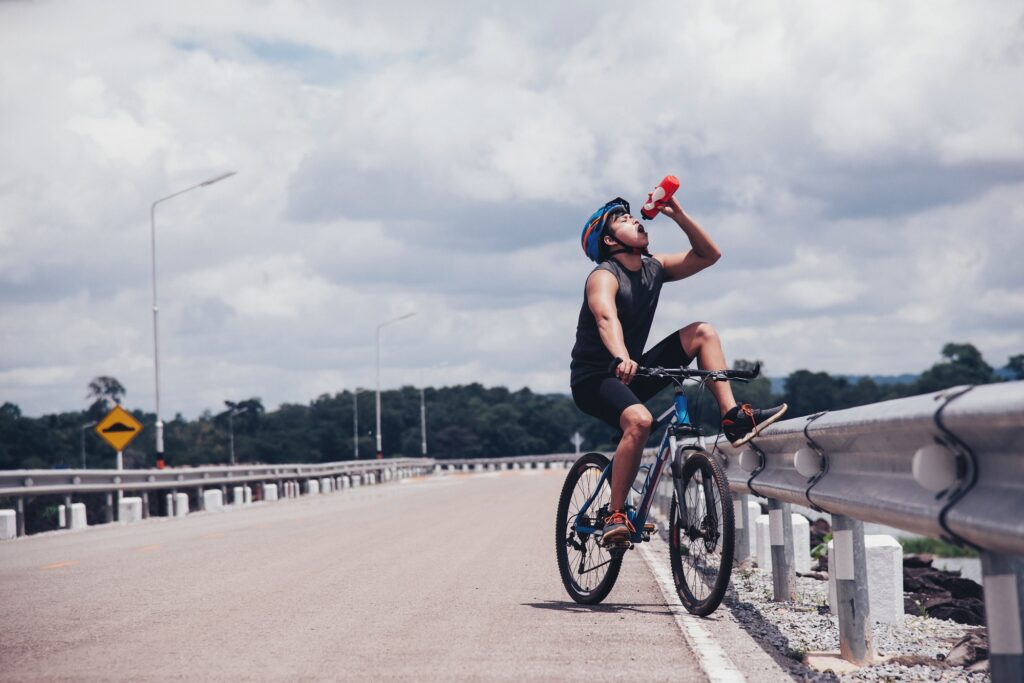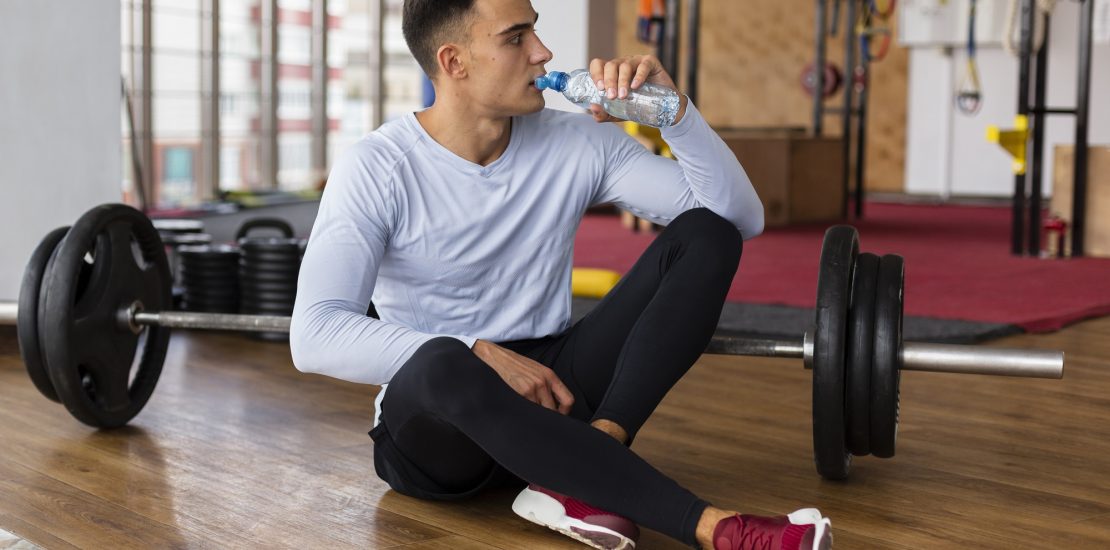We’ve all heard that staying hydrated is crucial for maintaining peak performance during exercise. And indeed, drinking water helps regulate body temperature, keeps joints lubricated, and prevents fatigue. But just like anything in life, moderation is key. While it’s important to drink enough water, it’s equally important to avoid the risks associated with drinking too much—a condition known as overhydration.
In this article, we’ll take a closer look at overhydration during exercise, how to spot it, and the hidden dangers that can arise from drinking excessive amounts of water.
The Balance between Dehydration and Overhydration
When we think of hydration problems, dehydration usually comes to mind. It’s the condition where the body doesn’t have enough water to perform essential functions, leading to symptoms like dry mouth, dizziness, fatigue, and muscle cramps during body transformation. Most people know to avoid this by drinking water regularly throughout their workout.
However, overhydration is equally concerning but far less discussed. Overhydration, or water intoxication, occurs when you drink so much water that it dilutes the concentration of sodium in your bloodstream to dangerously low levels, a condition known as hyponatremia. This can lead to swelling of the cells, including those in the brain, which can cause serious complications, even death.
Why Does Overhydration Happen During Exercise?

Overhydration during exercise and body transformation typically happens when individuals drink water beyond their body’s needs. Many people, especially during long workouts or endurance activities like marathons or triathlons, tend to drink large quantities of water in an attempt to prevent dehydration. This is often driven by the belief that more water equals better performance or safety.
However, exercise increases the loss of both water and sodium through sweat. If you drink too much water without replacing electrolytes (particularly sodium), the balance between water and sodium in your body gets thrown off. This can lead to the dangerous condition of hyponatremia.
The Symptoms of Overhydration
The signs of overhydration can be subtle at first, making it challenging to identify early on. Symptoms may include:
– Nausea and vomiting: The body’s attempt to get rid of excess water.
– Headaches: The swelling of brain cells causes pressure, resulting in headaches.
– Swelling: Especially in the hands, feet, or ankles, due to fluid retention.
– Confusion and disorientation: Severe cases can impair mental clarity.
– Muscle cramps: Sodium imbalance disrupts muscle function, causing cramps or spasms.
– Severe cases can lead to seizures, coma, or even death.
It’s easy to confuse these symptoms with regular fatigue or dehydration, which is why being aware of your hydration habits is crucial, particularly during intense exercise and body transformation.
Who Is At Risk?

Some individuals are more at risk of overhydration than others. Here are a few key factors:
– Endurance athletes: Long-distance runners, cyclists, and participants in ultra-endurance events are often at higher risk because they might drink excessive amounts of water to stay hydrated over many hours.
– People who sweat heavily: If you’re someone who sweats a lot during exercise, it’s easy to think you need more water than your body truly requires.
– Hot and humid environments: Exercise in extreme heat or humidity increases anhidrosis or sweat loss, which might prompt you to drink more water to compensate. If not done properly, this can lead to overhydration.
– Individuals with underlying health conditions: Those with kidney problems or other health issues might struggle to regulate fluid intake and output effectively.
How Much Water Should You Really Be Drinking?
So, how do you find the right balance? The key to hydration is listening to your body. There’s no universal amount of water that applies to everyone, as it depends on several factors, including your body size, exercise intensity, duration, and environmental conditions. However, some general guidelines can help you stay safe:
– Drink when you’re thirsty: Your body has an excellent built-in system for hydration. Thirst is a good indicator that you need water. You don’t need to force yourself to drink excessive amounts.
– Don’t drink too quickly: Sipping water regularly is far more effective than drinking large amounts all at once. Drinking too fast can overload the kidneys and lead to water retention.
– Monitor your urine color: Clear urine usually indicates adequate hydration, while dark yellow or amber suggests you need more water. If your urine becomes clear but you’re also experiencing bloating or feeling sluggish, you may be drinking too much.
– Consider electrolytes: For long endurance events, consider drinking sports drinks or electrolyte solutions that help replace lost sodium, potassium, and other minerals. This will help maintain balance and avoid dilution of sodium levels.

Conclusion
While staying hydrated is essential for performance, it’s just as important not to go overboard. Overhydration is a hidden danger that can derail your health, just as dehydration can. The key is finding a balance that works for your body and the intensity of your workout.
If you’re engaging in moderate exercise, simply drinking when thirsty and maintaining a healthy hydration routine is usually sufficient. For more intense workouts, endurance training, or hot conditions, monitor your water intake carefully, replace lost electrolytes when needed, and avoid drinking excessive amounts of water all at once.
Remember: just like in all areas of life, the right amount of hydration is all about balance. Drink enough to fuel your body, but not so much that you risk overhydrating and throwing your electrolytes off balance.
Stay hydrated—safely!


